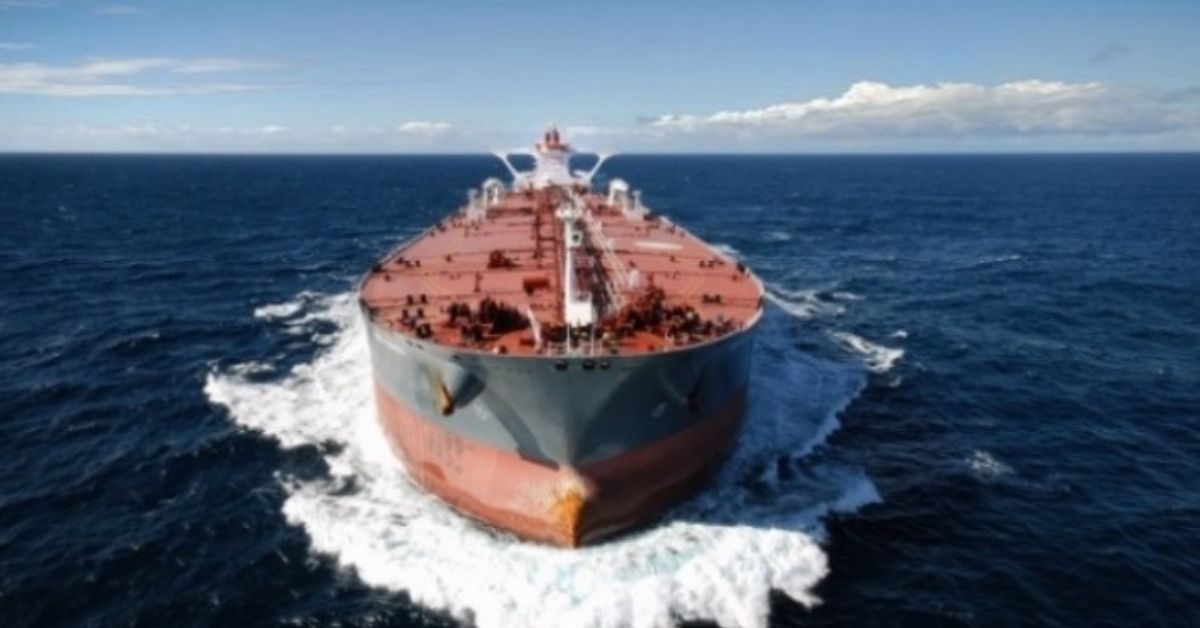Low-sulphur bunker rates climbed by $100 per tonne yesterday, bringing the total cost of operating a ULCV on an Asia-North Europe round-trip to roughly $1,000 per tonne, up by a third since the end of February.
With a Russian oil embargo “on the table” as sanctions escalate in response to the invasion of Ukraine, traders anticipate oil will exceed $200 per barrel by the end of the month, more than doubling its price at the start of the year.
Despite the tremendous profits reported by ocean carriers in the previous year, the increase in fuel costs will force shipping companies to recalculate their full-year forecasts for 2022, which were previously based on an average of roughly $500 per tonne.
To offset the financial damage, the carriers will, of course, seek to recoup as much as possible through emergency bunker surcharges and increased usage of slow-steaming.
Furthermore, as the price differential between compliant low-sulphur fuel oil (LSFO) and HFO (heavy fuel oil) widens – at around $250 per tonne – there will be increasing interest in scrubber retrofits, as special surveys or other ship operational downtimes allow.
Meanwhile, carriers are concerned about diminishing demand, notably on the Asia-Europe tradelane, rather than the transpacific, where US customers’ ravenous desire shows no signs of lessening.
Even before Russia attacked Ukraine, there were signs of a slowdown in demand from European consumers who were beginning to feel the pinch of rising energy prices.
The Loadstar has seen evidence that orders from Asia of low-value high-cubed commodities have been cancelled, as the eight-to-ten-fold increase in shipping costs since the start of the pandemic has made retailing these products unsustainable.
A garden furniture retailer in London recently told The Loadstar that he “could not pass on a 30% rise” in the China-made product and had opted to cancel orders until rates fell.
And, at least on the Asia-North Europe tradelane, there are evidence that rate erosion has begun. This component of the spot indices has begun to decline after remaining stubbornly elevated during the Chinese New Year peak.
Last week’s Freightos Baltic Index (FBX) reading for Asia to North Europe fell 4.5 percent to $13,585 per 40ft, and Niels Rasmussen, chief shipping analyst at BIMCO, predicted that the container shipping industry will “return to normal sooner if growth is hit.”
On the suspension of bookings by ocean carriers to and from Ukraine and Russia, he noted that both countries were not key markets, adding: “Considering the very high global demand, the developments in the two countries should not be much of a concern for container rates or demand.”
Nevertheless, he said that in specific areas, such as some reefer trades, the loss of volume could be more significant.








